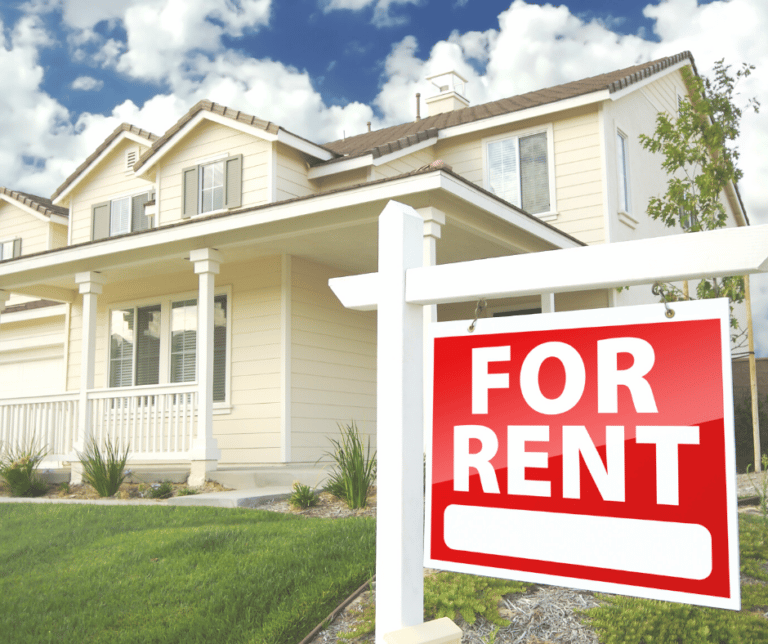Given all the effort people go through to save on taxes, it’s a wonder that the significant benefits of simply fencing in their existing rental property go almost completely unnoticed. Investing in improvements for rental properties not only enhances curb appeal and tenant satisfaction but can also yield significant tax advantages. One frequently overlooked yet financially beneficial upgrade is fencing. Installing a fence around a rental property can offer landlords attractive tax deductions and depreciation opportunities, positively impacting overall investment returns.
This is part 2 in a series highlighting the many benefits of investing in fencing for a rental property. We delve into all the other reasons in part 1. Why a Rental Property Fence Could be the Best Overall Investment You Make in 2025. Rental Property Fence ROI Analysis and Case Study
When landlords install a fence, the Internal Revenue Service (IRS) typically classifies this as a capital improvement rather than a regular repair. Unlike minor repairs, capital improvements significantly increase the property’s value, extend its useful life, or adapt it for new uses. Consequently, fencing installation costs are not immediately deductible as ordinary expenses; instead, they are recovered over several years through depreciation.
Get a Free Virtual Rental Evaluation Plus a Custom Cost Quote
Modified Accelerated Cost Recovery System (MACRS) as land improvements
According to current IRS guidelines, fences are generally classified under the Modified Accelerated Cost Recovery System (MACRS) as land improvements, eligible for depreciation over a 15-year recovery period. This classification allows rental property owners to gradually deduct the cost of installing the fence, thus reducing taxable income incrementally each year. Additionally, recent tax reforms and provisions, such as bonus depreciation, may permit landlords to accelerate the depreciation, allowing a larger upfront deduction, which further enhances the immediate financial advantage.
“Additions or improvements that add value to your property, prolong its useful life, or adapt it to new uses must generally be depreciated.”
Source Link
Potential Savings on Insurance Also
Moreover, fencing can indirectly lead to additional tax benefits by potentially lowering insurance premiums due to enhanced property security and reduced liability risk. A secure and well-maintained fence often diminishes the likelihood of unauthorized entry, vandalism, or other damage, which insurers frequently reward with lower premiums. Furthermore, tenants may place a higher value on properties featuring fences for safety, privacy, and aesthetic reasons, enabling landlords to charge premium rents and reduce vacancy rates, further optimizing cash flow and profitability.
“Property improvements like adding secure fencing can lower insurance premiums due to reduced liability and increased safety.”
https://www.valuepenguin.com/landlord-insurance
In summary, installing fencing on rental properties provides multifaceted tax benefits through depreciation, potential accelerated deductions, reduced insurance premiums, and increased rental income potential. For landlords looking to maximize both short-term cash flow and long-term property value, incorporating fencing into their investment strategy proves advantageous from a tax and financial planning perspective.
1. Installing a Fence (Rental Property)
A. Depreciation
Example:
B. Immediate Deductions
C. Impact on Rental Income
D. Gains at Sale (Recapture)

Summary of fence investment:
|
Item |
Tax Treatment |
Advantage |
|---|---|---|
|
Maintenance |
Immediately deductible |
Immediate tax reduction |
|
Increased rental income |
Offset by depreciation & maintenance deductions |
Tax-efficient income increase |
|
Depreciation recapture |
Taxed if/when sold (max 25%) |
Delayed indefinitely if no sale |
|
Depreciation |
15-year depreciation schedule |
Annual tax reduction |
2. Investing in Stocks
A. Immediate Deductions
B. Depreciation
C. Income (Dividends)
D. Gains at Sale (Capital Gains)
Summary of stock investment:
|
Item |
Tax Treatment |
Advantage / Disadvantage |
|---|---|---|
|
Depreciation |
None |
No tax benefit |
|
Maintenance Deductions |
None |
No tax benefit |
|
Dividends |
Taxed annually (qualified dividends favored) |
Favorable tax rates, but taxable |
|
Capital Gains |
Long-term gains at favorable rates |
Advantageous but still taxable |
|
Capital Losses |
Offset capital gains or limited ordinary income deduction |
Useful if losses occur |
Side-by-side Comparison (Fence vs. Stocks)
|
Aspect |
Rental Property Fence |
Stock Investments |
Winner (Tax Efficiency) |
|---|---|---|---|
|
Immediate Deductions |
Yes (repairs/maintenance) |
No |
Fence |
|
Depreciation Benefits |
Yes (15-year schedule) |
No |
Fence |
|
Annual Income |
Rental income offset by deductions |
Dividends taxable (preferentially) |
Fence |
|
Tax on Gains |
Depreciation recapture (max 25%) if sold, but avoidable if not sold |
Favorable long-term capital gains, immediate short-term taxation |
Stocks if selling, Fence if holding indefinitely |
|
Loss Offsets |
No direct losses; operational losses deductible against income |
Losses offset gains or limited ordinary income deduction |
Stocks |

Bottom Line Analysis:
In this specific scenario (long-term holder, rarely sell assets), the fence investment will likely deliver greater overall annual tax advantages, ongoing cash flow efficiency, and superior ROI stability compared to stocks.











